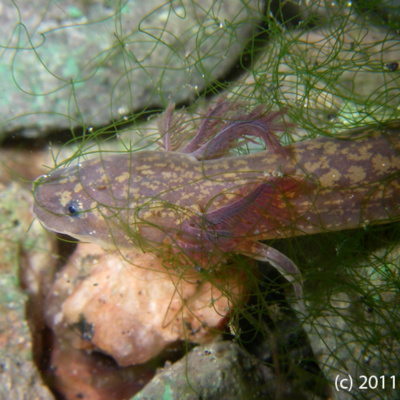It’s just under two weeks until Juice’s lunar-Earth flyby and the team at ESA mission control has judged Juice’s current trajectory to be as good as it could be at this stage.
Using the gravity of the Moon to optimise the much larger gravity assist at Earth will boost the efficiency of Juice’s journey, so why has no spacecraft has ever attempted a double flyby like this before?

Advances on the ground…
Using both Earth’s and the Moon’s gravitational fields to change a spacecraft’s trajectory adds layers of complexity to the manoeuvre. There are only 24 hours between Juice’s closest point to the Moon and to Earth. This is not a lot of time to analyse how well the Moon flyby went and correct any errors before the Earth flyby begins – and a poor Earth flyby could cost Juice a lot of fuel or even endanger the mission.
Fine tuning Juice’s approach to the Moon and then quickly analysing and correcting its path before it passes Earth requires a reliable ground station network and an experienced orbit determination team with flight-proven software. ESA has gained this experience during previous gravity assist flybys of Earth and other planets, meaning that we can now make more accurate predictions and adjustments that reduce the associated risks.
Advances on spacecraft…
It’s not just computer systems on the ground that need to be highly capable of carrying out a double flyby like this.
Juice itself must also be able to make very precise trajectory correction manoeuvres despite having 85 square metres of solar arrays that ‘wobble’ under thrust. Juice is also designed for the cold, dim outer Solar System. During the current phase of the mission, whilst Juice is relatively close to the Sun, it is keeping its solar arrays tilted to avoid overheating them. It is also keeping its high-gain antenna pointed towards the Sun to act as a heat shield. In any case, the International Telecommunication Union requires that Juice uses its low-gain antenna to communicate with Earth during the flyby.
The technology and expertise required to achieve such high precision under these constraints has gradually improved over time. We are now at the point where a lunar-Earth flyby is an achievable, safe and effective option to change the trajectory of our spacecraft.

…and a little bit of luck!
If we’re being honest, nobody had ever contemplated the possibility of doing such an audacious manoeuvre before. Even theoretically, it had never really been considered. Somewhat by chance, Juice’s launch date and subsequent route through space simply lined it up almost perfectly to take advantage of the gravity of the Moon to put it on course to fly by Earth.
Even if past missions could have carried out a lunar-Earth flyby, it would likely have cost more fuel to put the spacecraft on track to meet the Moon, than they would have ultimately saved. The alignment of the spacecraft, Earth, the Moon, and the mission’s target destination must be just right for this type of manoeuvre to be useful. Traditional gravity assists using a single planet have been the most useful option so far for missions to the outer planets and so engineers have opted for these simpler and well-understood manoeuvres rather than a lunar-Earth flyby.








Leave a Comment